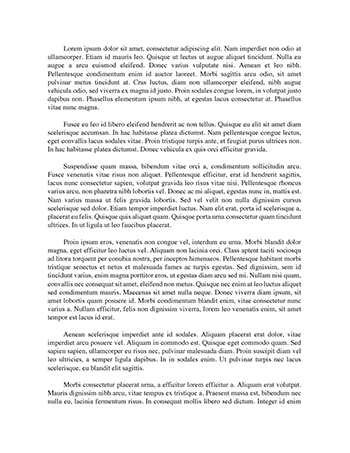1. The Justification for the Bombings in World War 2
This title explores the reasons and arguments for why the United States felt justified in dropping bombs during World War 2.
2. Analyzing the Impact of the Bombings on World War 2
This title delves into the consequences of the bombings, both positive and negative, on the outcome of World War 2.
3. The Ethical Dilemma of Dropping Bombs in World War 2
This title discusses the moral implications and ethical considerations surrounding the decision to drop bombs during World War 2.
4. Examining Alternatives to Dropping Bombs in....


